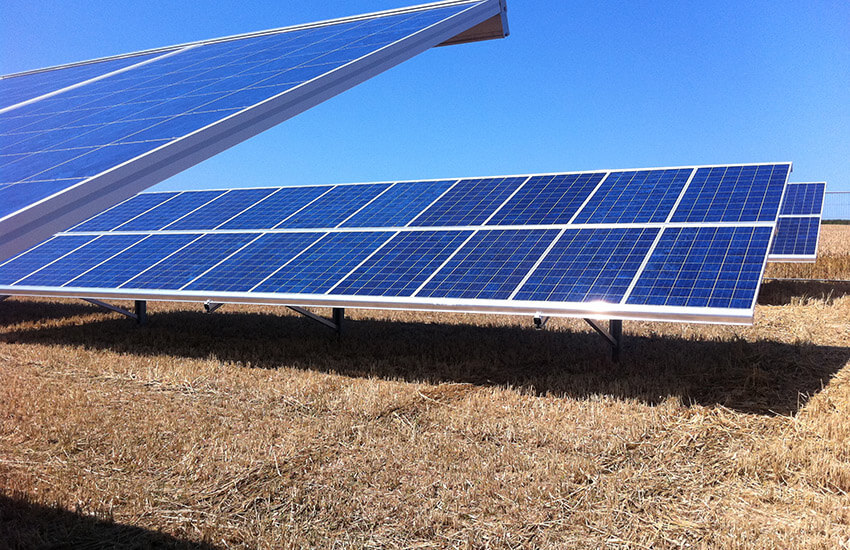Powersystems 2019 renewable energy industry statistics explores the trends—from new technologies to sustainable growth—that will reshape the sector.
Cost and capacity driving growth:
Declining costs and rising capacity factors of renewable energy sources, along with increased competitiveness of battery storage, drove growth in 2019. In the first half of the year, levelized cost of onshore wind and utility-scale solar declined by 10 percent and 18 percent, respectively, while offshore wind took a 24 percent dip. The greatest decline was in lithium-ion battery storage, which fell 35 percent during the same period. This steady decline of prices for battery storage has begun to add value to renewables, making intermittent wind and solar increasingly competitive with traditional, “dispatchable” energy sources.
Since 2000 Powersystems have completed some 1370 renewable energy projects. Having completed some 273 wind projects, connecting some thousands of wind turbines to grid, with a total generated capacity of over 3.3 GW, this currently represents 27% of all U.K. land based Wind Farm generation.
The renewable energy sector saw significant demand from most market segments as overall consumer sentiment remained positive. Renewable energy consumption by residential and commercial customers increased 6 percent and 5 percent, respectively, while industrial consumption declined slightly, by 3 percent, through June 2019 compared with the previous year.
The prospects for short-term solar and wind energy growth appear favorable, with about 96.6 percent of net new generation capacity additions (~74 GW) expected to come from these two resources in 2020. As of late 2019, at least utilities have announced 100 percent decarbonization goals, and we’ll be watching for that list to grow in 2020.
2020 Renewable energy statistics show industry poised to enter new growth phase:
The year ahead promises further growth in the renewable energy sector. This will likely come against a backdrop of increased innovation and collaboration among multiple stakeholders. Renewables are likely to continue moving into the driver’s seat in electricity markets as utilities and regulators prefer them to replace retiring capacity and customers increasingly choose them to save costs and address climate change concerns.
Growth in the UK offshore wind sector will likely bring multiple opportunities for industry players as vie for manufacturing and port infrastructure projects. Grid resiliency will also likely be a growing driver for distributed renewable deployment as utilities and their customers increasingly consider renewable microgrids combined with storage solutions. However, trade and tariff policy uncertainty will likely keep the industry on the lookout for risk mitigation tactics. But companies that are ready to innovate, collaborate, and seize new opportunities will likely thrive in a new phase of renewable growth.
Powersystems renewable energy statistics:
- Capacity is presented in megawatts (MW), while generation is presented in gigawatt-hours (GWh)
- Since 2000, Powersystems have connected nearly 6 GW of renewable energy projects.
- 90 Energy From Waste Projects
- 97 Anaerobic Digestion projects in the commercial food waste, energy crops and farm based sectors
- Powersystems have connected in excess of 200 MW of solar farms across the south west
Notes to Editors:
Contact Information:
- This article is written by Jules Daly, Marketing and Communications Manager at Powersystems.
- Email jules.daly@powersystemsuk.com Telephone 01454 318000
- Photography Copyright please credit all images used to powersystemsuk.co.uk
Powersystems are powering the transition to a carbon free future
As a high voltage specialist electrical engineering company with over 48 years (1977-2025) experience Powersystems have grown by reputation to become a trusted force in the design, installation and commissioning of electrical infrastructure across the UK.
Celebrating 28 years as the first Lloyds National Electricity Registration Scheme ‘s accredited Independent Connection Provider (ICP), Powersystems are capable of delivering contestable grid connections at voltages up to 132 kV.
Since 2000, Powersystems have connected over 6 Gigawatts of renewable energy generation to the UK electricity grid, along with decarbonisation technology which includes; wind energy projects, solar, anaerobic digestion, hydroelectric, electrical vehicle infrastructure, short term operating reserve STOR, combined heat and power (CHP), Grid stability projects like rotating stabilisers, and battery energy storage systems (BESS) as well as commercial industrial private wire networks.
Working with partners, delivering sustainable power solutions, proudly the Powersystems high voltage specialist team have connected 27% of all U.K. onshore wind farm
At the core of the operation is a commitment to the highest values of health and safety, welfare, quality and the environment. Powersystems Integrated management systems are ISO accredited and their approach under their health and safety ‘Priority No.1’ brand is to aim for the best industry practice in all.
Powersystems UK Ltd. is an Employee-Owned Business and as such has a keen interest in the well-being of all its employees. They encourage and empower you to be imaginative, share great ideas and be involved in the success of the business.
Speak to Powersystems today
You can contact us as follows

